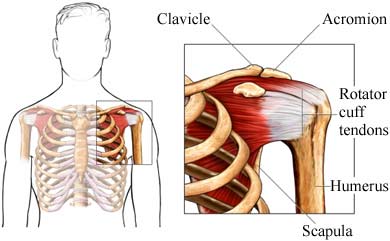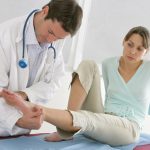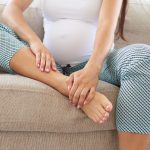Is it time to farewell Alfredson’s eccentric foot drop? Being invited to contribute to our website resources by writing a blog for the company was a great opportunity. It has caused me to review both the current robust debates/discussions regarding podiatry practice and the many areas of research currently being undertaken in our field to look for a relevant and interesting topic about where new ground is being broken.
I am particularly interested in the current trials and research regarding the treatment of tendinopathy. And so delving into this blog has been a great way for me to get up to date on recent results regarding its treatment, and findings that I believe will have long term impact on how we treat this condition as part of our podiatry practice.
Tendinopathy is a broad term encompassing painful conditions occurring in and around tendons in response to overuse. It’s a widely experienced condition that affects old and young, active and inactive, and treatment changes are afoot (sorry, pun intended).
As experienced podiatrists would be aware, for many years the standard protocol for managing chronic non-insertional Achilles tendinopathy has been the Alfredson’s eccentric heel drop exercise program. (An eccentric contraction is the motion of an active muscle while it is lengthening under load).
Curwin, Curwin and Stanish in 1984 stressed the importance of eccentric training as a part of the rehabilitation of tendon injuries. They demonstrated in their study the success of a simple six-week program of progressive tendon load.
Alfredson et al., adapted the research from Curwin et al., and his training program for painful mid-portion Achilles tendinopathy has been used as the gold standard ever since. The now 12-week program is effective when other conventional treatments such as rest, activity modification, nonsteroidal anti-inflammatory drugs (NSAIDs), orthoses and shoe adjustments have failed. The current Alfredson program has research backing an up to 90% success rate.
There have been a couple of issues identified in relation to the Alfredson eccentric foot drop program.
Though eccentric exercises are commonly used to treat tendons all over the body, not just the Achilles tendon, the protocol is extremely painful to complete and the 12-week program provokes pain. This creates issues with patient compliance, and as such, adherence to the 12-week program is poor.
Most of the research studies that have documented the success of the 12-week program have been done with nonathletic older individuals. What if your patient is an athlete and used to training heavily? In this instance, the program has been shown to increase the risk of tendon pain rather than reduce it. So what do you do?
Here’s where it gets interesting. New research has been investigating isometric muscle contractions instead of eccentric exercises, and the research so far has been promising. (Isometric exercise is a type of strength training in which the joint angle and muscle length do not change during contraction).
Recent research has investigated isometric exercise in patellar tendinopathy in the short term and found that there was greater relief immediately and 45 minutes after the isometric muscle contractions. Additional research has compared eccentric and concentric exercises in lateral elbow tendinopathy and they also found the isometric group was the clear winner.
These early results bring up more questions than answers:
- Why did the isometric group improve more?
- Do we believe the findings?
- Are these findings clinically important?
- Clinically, what should we do?
At this stage, it’s a waiting game. The isometric hype has yet to be justified and more research needs to be done. In fact, there is currently a study taking place in Berlin where they are recruiting participants to examine the effectiveness of ‘Isometric vs. Eccentric Exercise in Chronic Achilles Tendinopathy’. This study was verified in 2016 and will be an interesting read for all podiatrists once published. Hopefully the results of this study will shed some light on this issue to help not only our elderly patients but also our athletic younger patient demographic.



